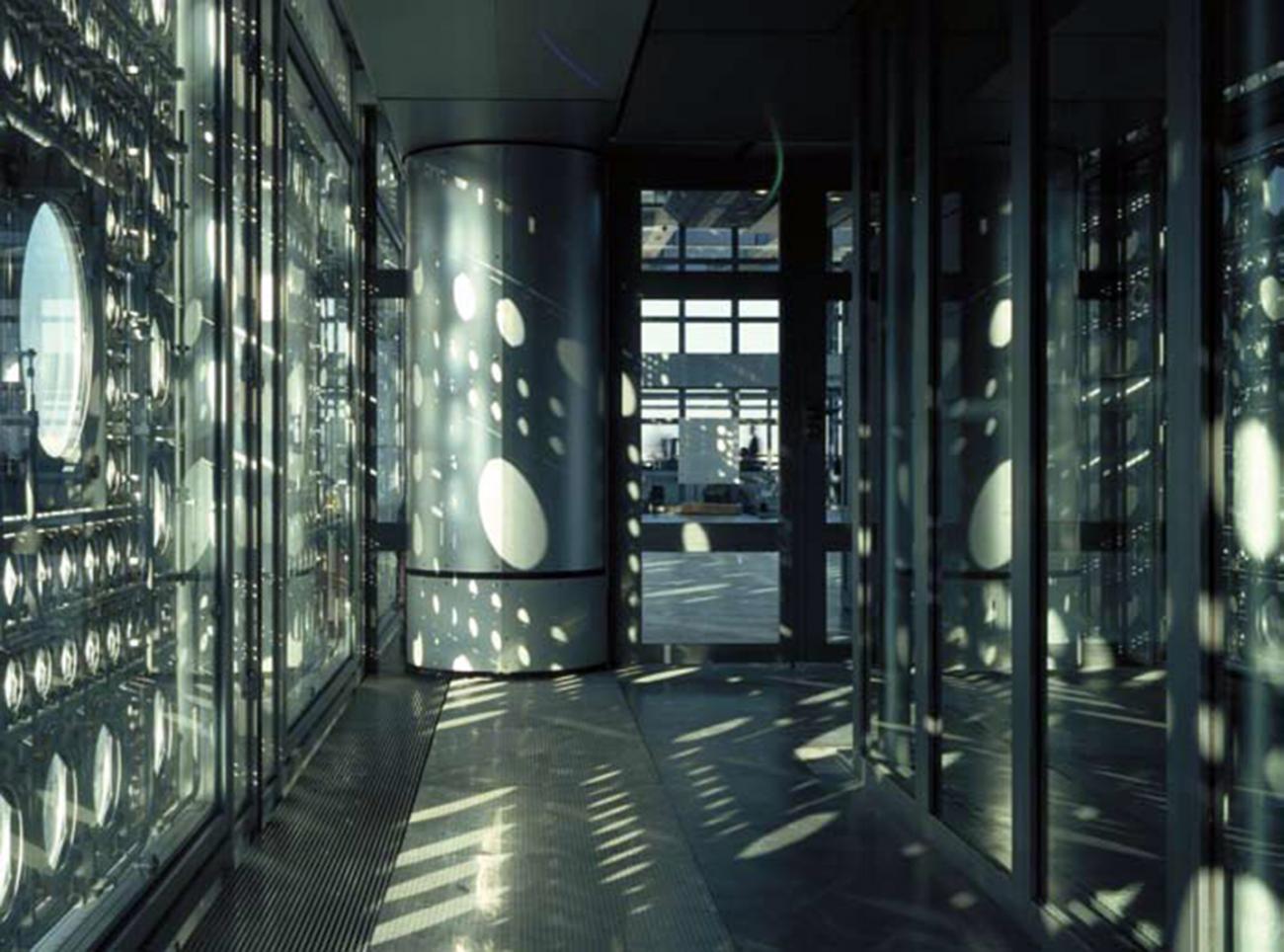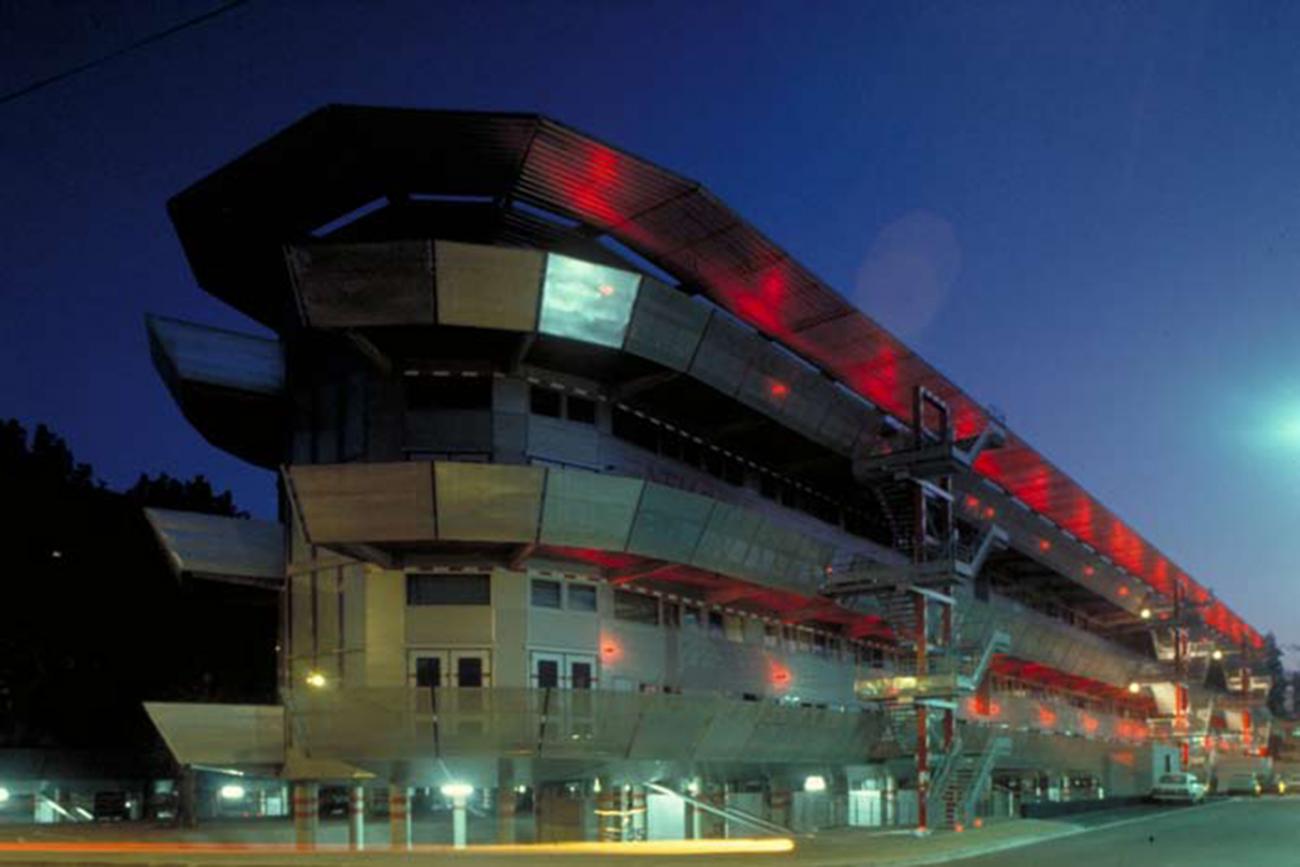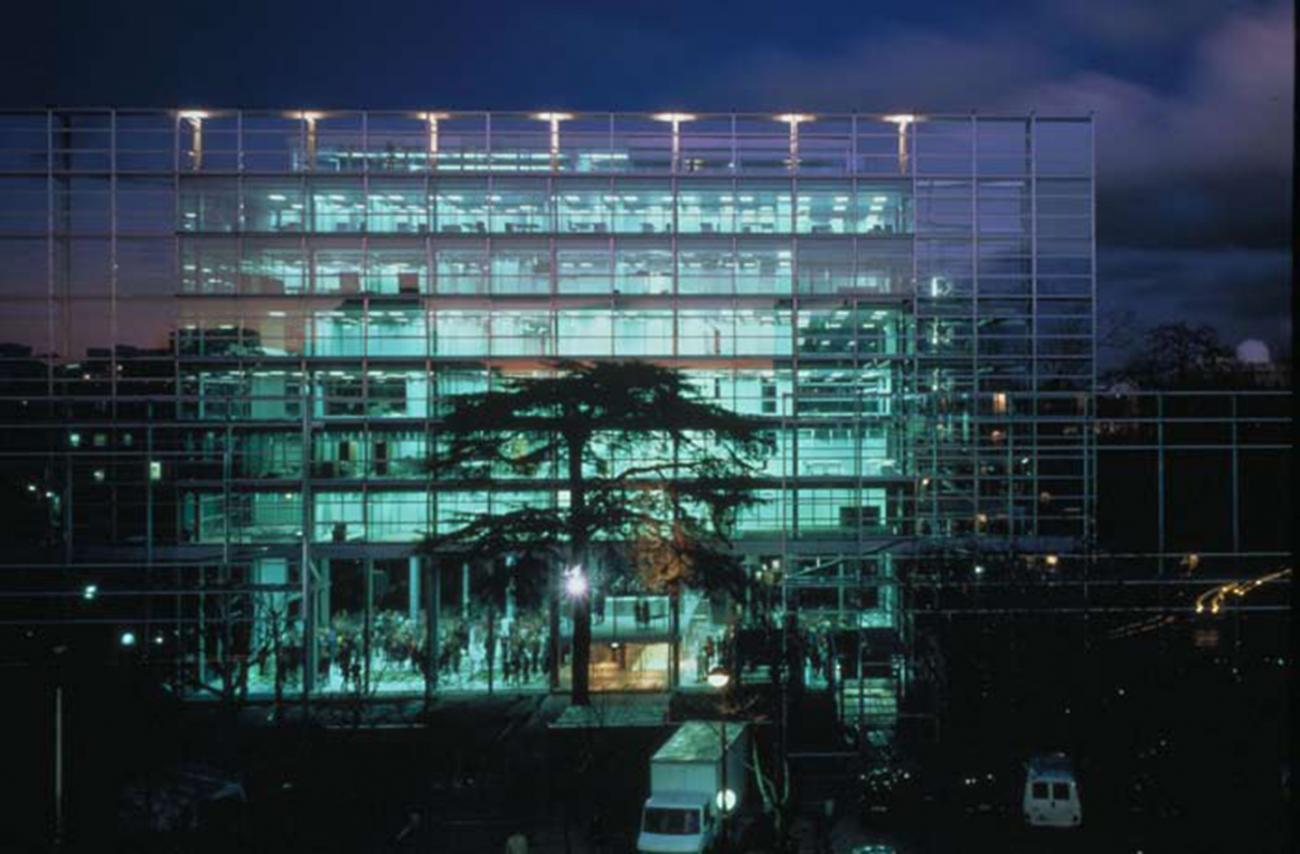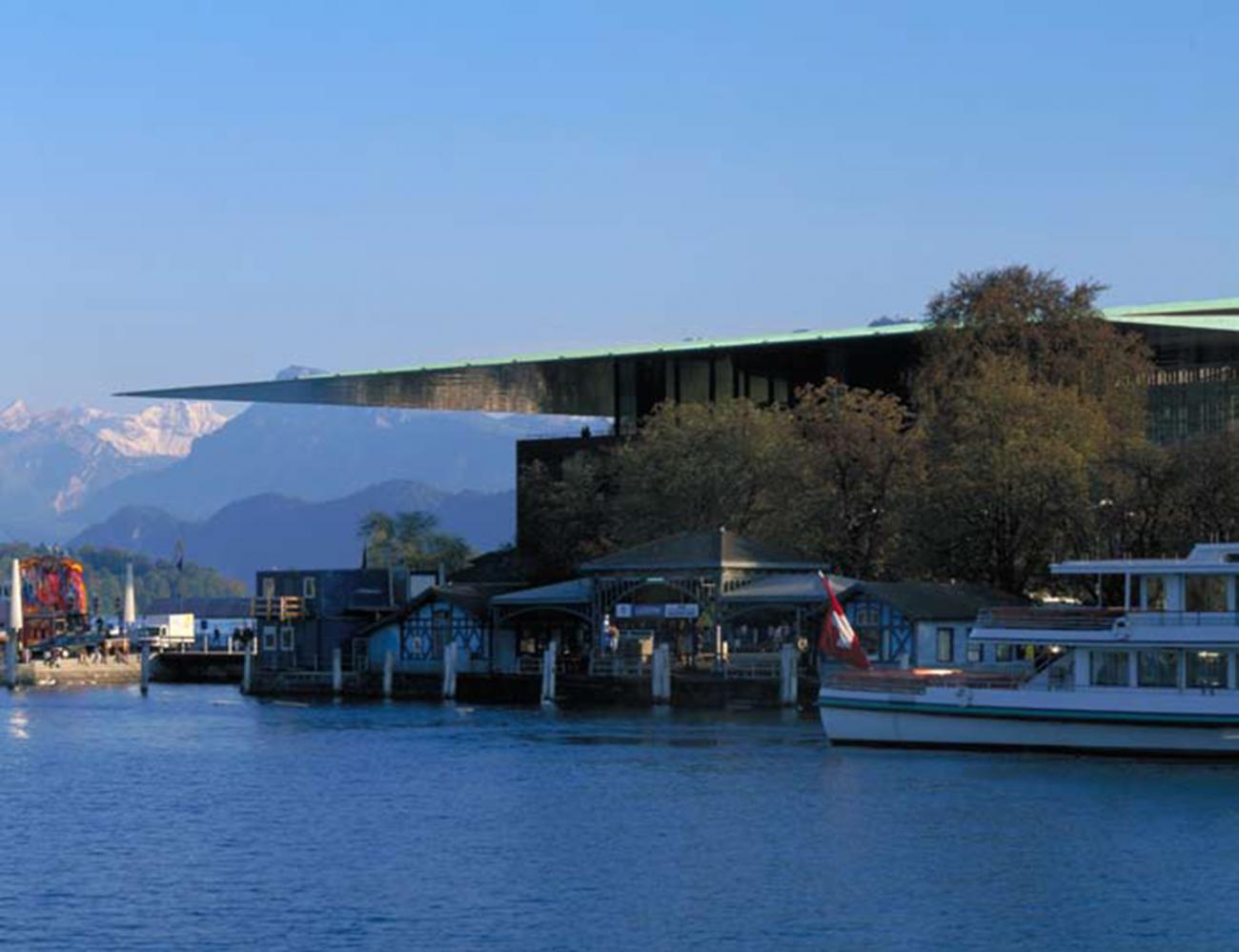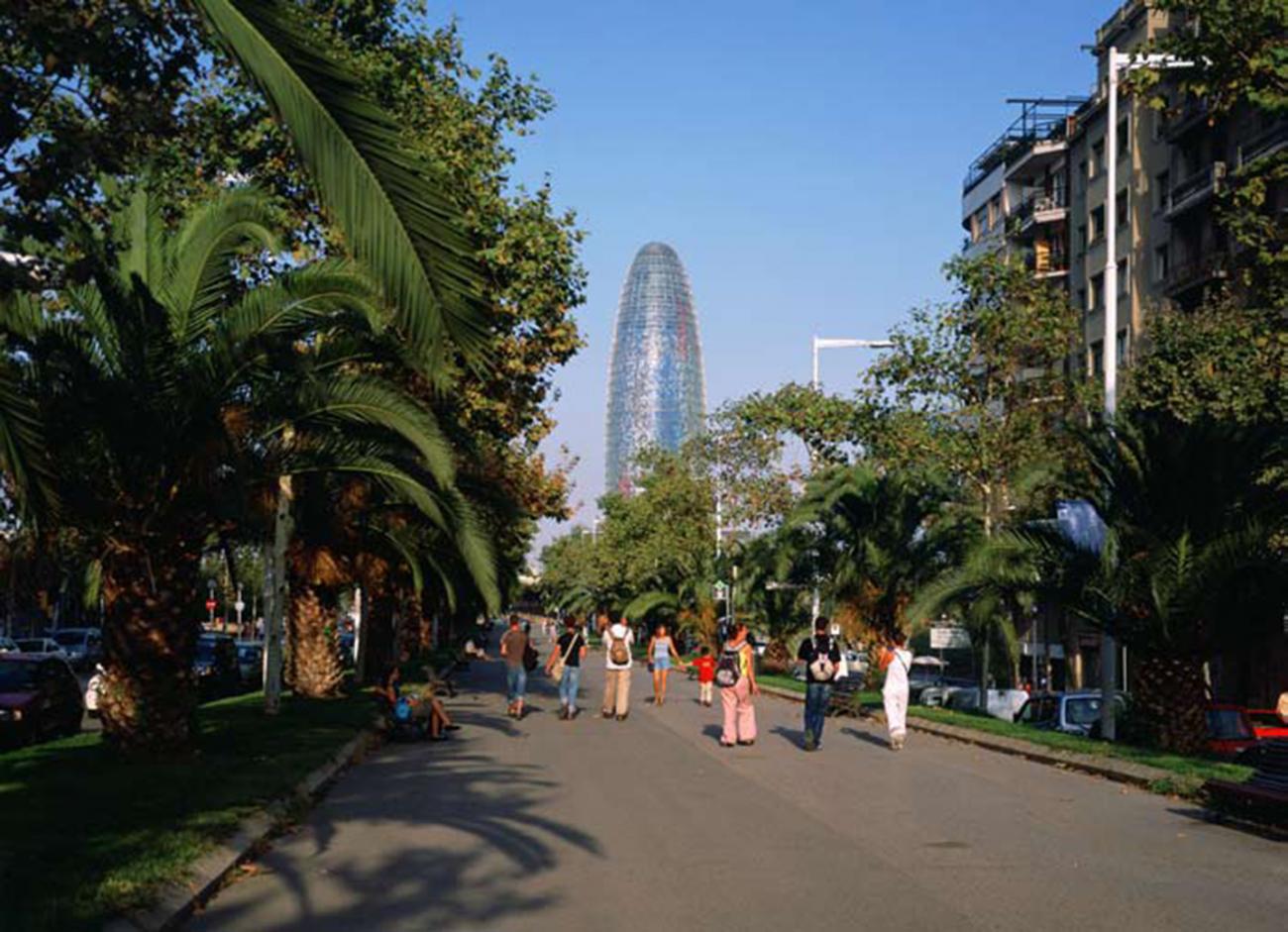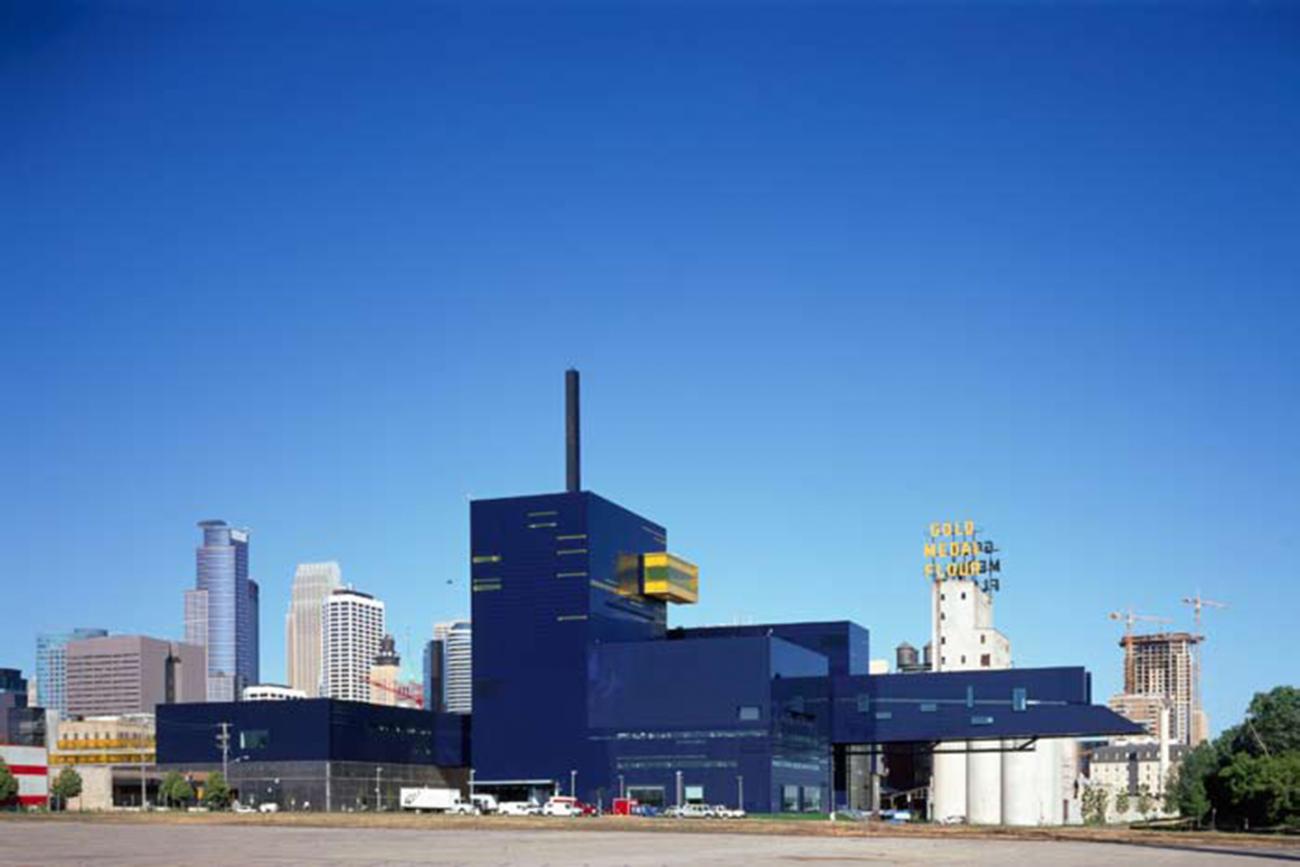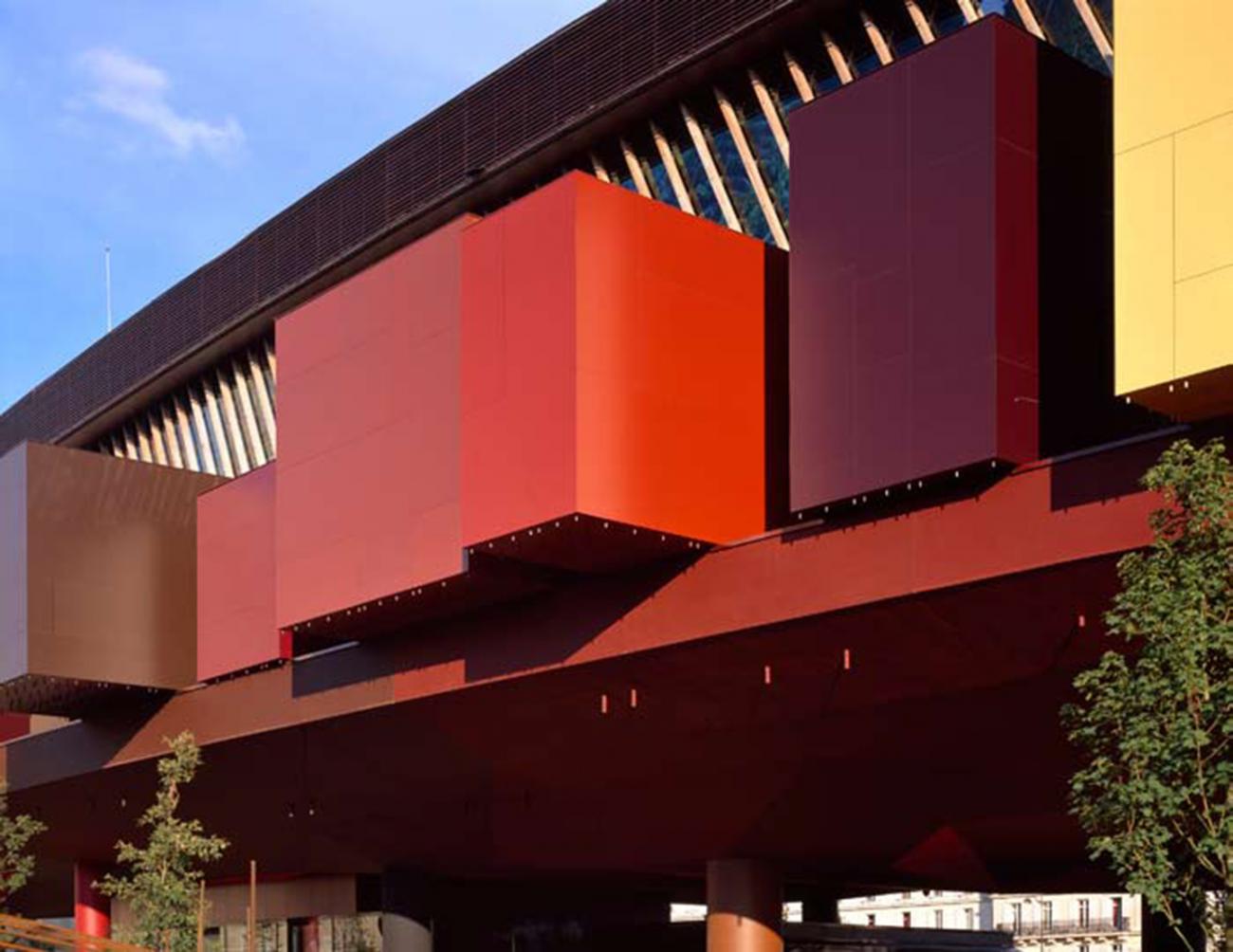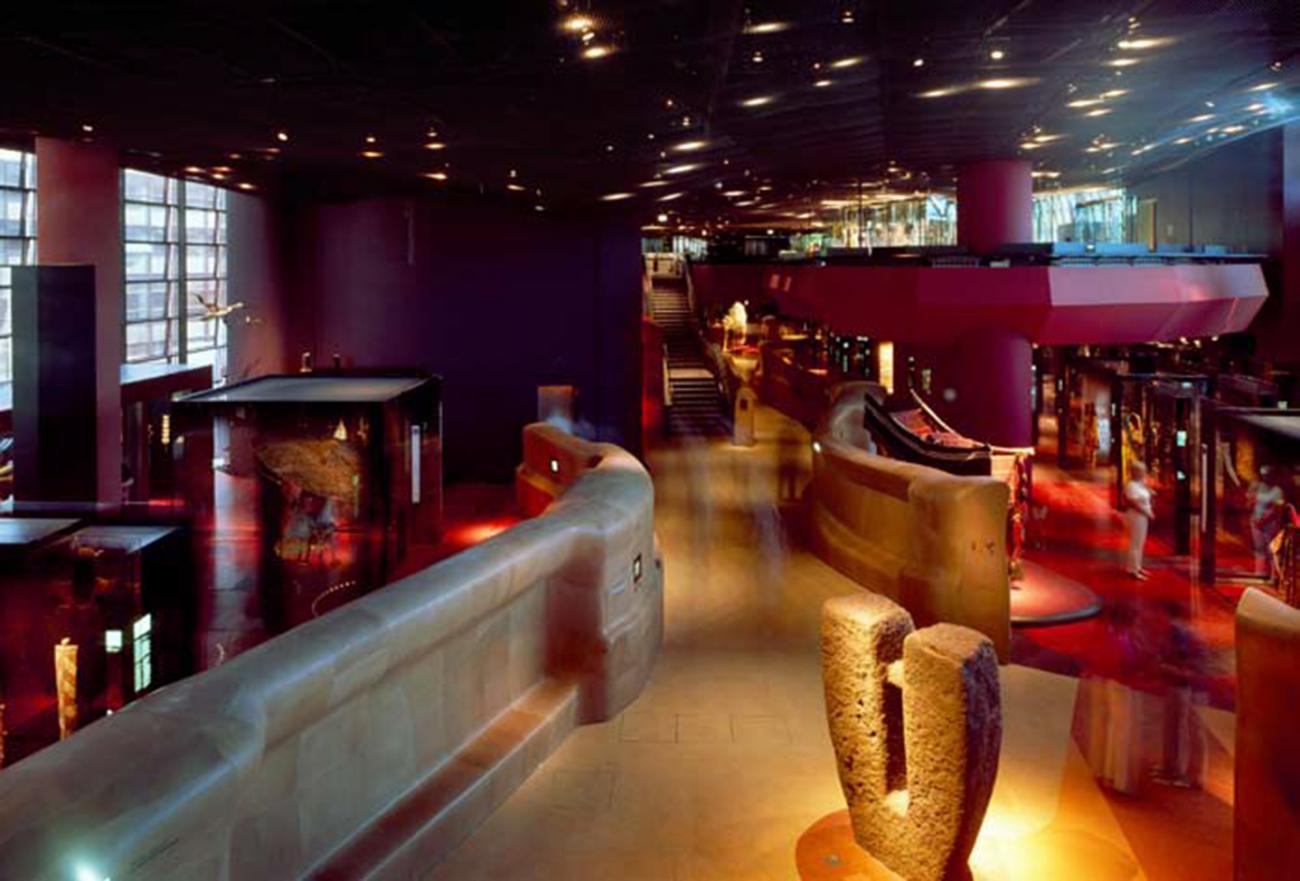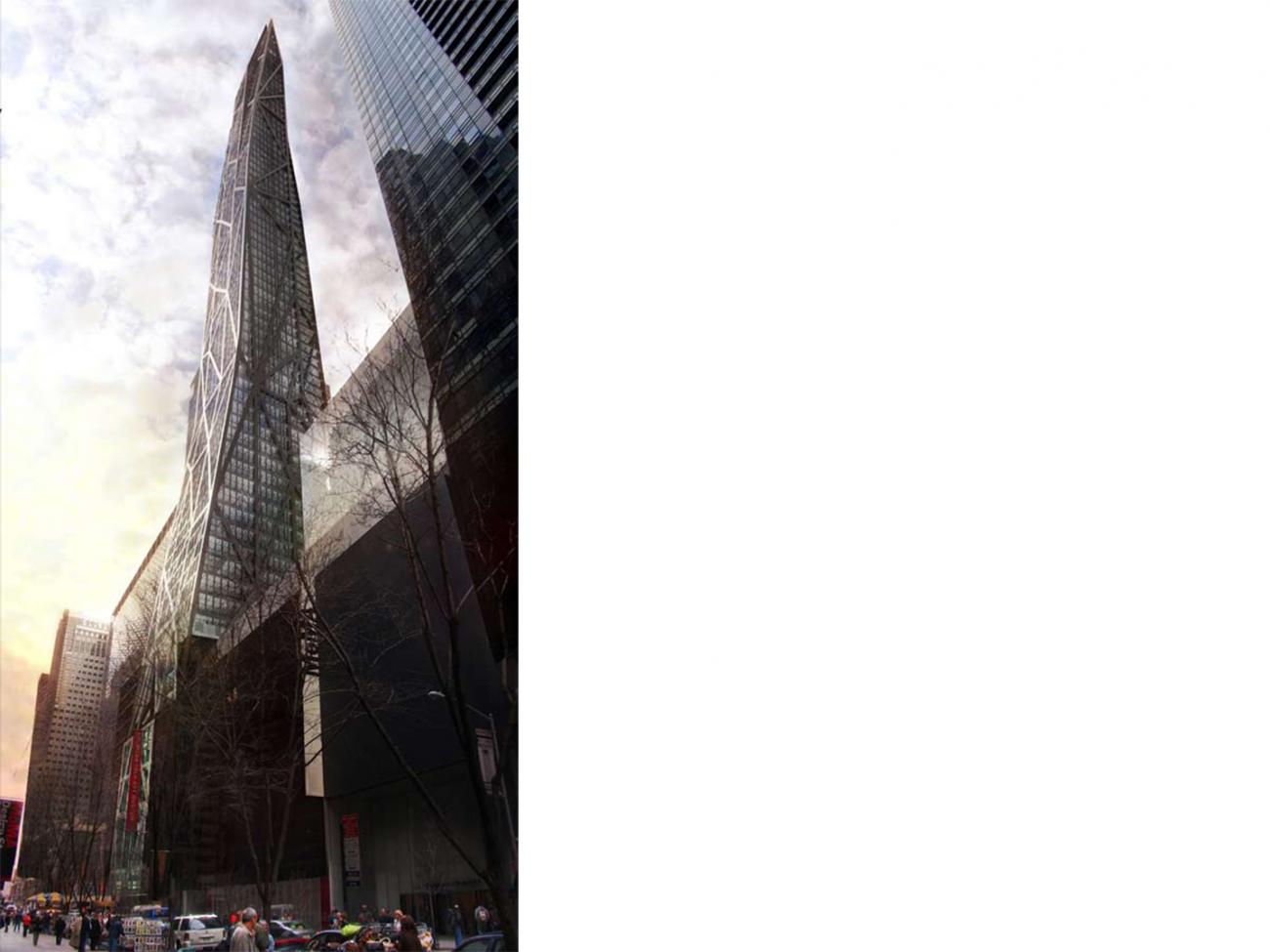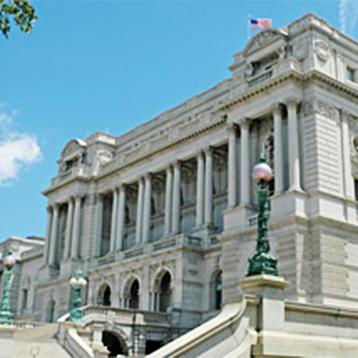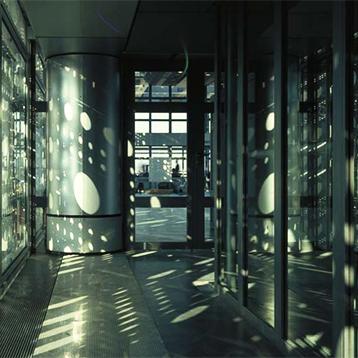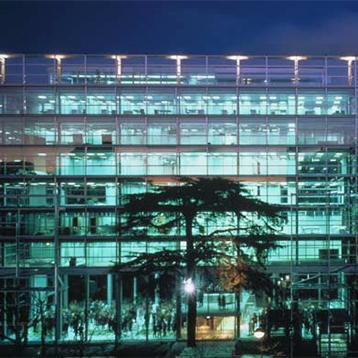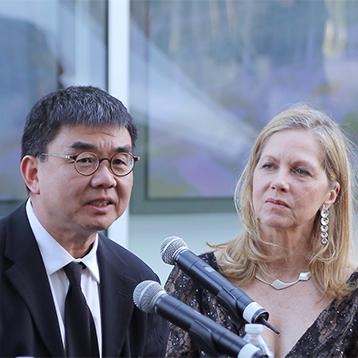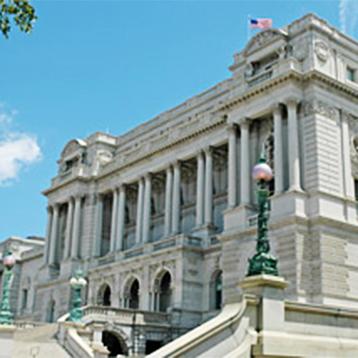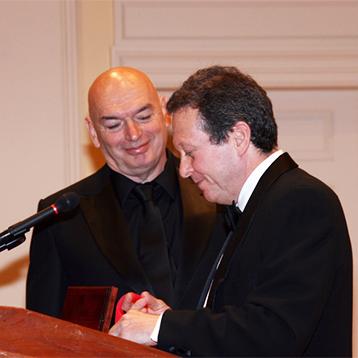“Since the beginning of his architectural career in the 1970s, Frenchman Jean Nouvel has broken the aesthetic of modernism and post-modernism to create a stylistic language all his own. He places enormous importance on designing a building harmonious with its surroundings,” said Bill Lacy in his book, One Hundred Contemporary Architects. Lacy, who was executive director of the Pritzker Architecture Prize from 1988 until 2005 when he retired, continued, “In the end that building’s design may borrow from traditional and non-traditional forms, but its presentation is entirely unique.”
Jean Nouvel’s projects transform the landscapes in which they are built, often becoming major urban events in their own right. His unique approach, driven by the specificities of context, program, and site has proven effective in numerous successes around the world.
One such success, a building that first brought Nouvel international recognition is the Institut du Monde Arabe (IMA) in Paris where one of its facades is made entirely of mechanical oculi operated by photoelectric cells that automatically open and close in response to light levels. The French critic, Alain de Gourcuff, said of it, “The overall effect is at once highly decorative in a Middle Eastern way and projects state-of-the-art electronics.”
Commissioned in 1981 as one of the first Grand Projects initiated by President Francois Mitterand, IMA was completed in 1987 and consists of a museum, a library, temporary exhibit spaces, children’s workshops, a documentation center, an auditorium and a rooftop restaurant. A+U described the building as “a modern western building that pays tribute to Arabic culture.”
The Arab World Institute is just one of more than two hundred projects by Jean Nouvel that the Pritzker Architecture Prize Jury has singled out in its formal citation.
The Guthrie Theater in Minneapolis, Minnesota is another of the projects mentioned in the citation. The Pritzker Jury says of the Guthrie, “The iconic Guthrie Theater in Minneapolis, Minnesota both merges and contrasts with its surroundings. It is responsive to the city and the nearby Mississippi River, and yet, it is also an expression of theatricality and the magical world of performance.”
That “theatricality” is no accident. Nouvel has often compared his role as architect to that of the film director. In an interview published in El Croquis in 2002, he said, “Everything is theatrical. I have worked for a long time as a scenographer, even on social housing ... scenography is the relationship between objects and matter that we want to display to somebody who is watching. In effect, in every building there is a way of proving a three-hundred-and-sixty degree view over the landscape, as in Lucerne. The use of the word scenography doesn’t bother me as long as it is used in the right sense.” In other interviews, he has often said that architecture and the cinema are very close.
“Architecture exists, like cinema, in a dimension of time and movement. One thinks, conceives and reads a building in terms of sequences. To erect a building is to predict and seek effects of contrast and linkage bound up with the succession of spaces through which one passes,” Nouvel explains.
The reference to Lucerne is to his Cultural and Conference Center completed in 2000 in that Swiss city. Nouvel has described it as “an example of the principle of framing the landscape. It is a building on an exceptional site, by the lake, facing the town. The entire town can be seen from the foyer.”
The Lucerne Cultural and Conference Center along with the Cartier Foundation in Paris are two more of Nouvel’s completed projects that the Pritzker Jury mentions in their citation as making “dematerialization palpable.” The citation calls attention to Nouvel’s Endless Tower, a 400-meter-high structure for Paris intended to be the tallest building in Europe. For the jury, that project’s importance was “the building’s skin, which changed materials as it progressed upward—from granite to aluminum to stainless steel to glass—becoming increasingly diaphanous before disappearing into the sky.”
Although that tower has never been realized, Nouvel has a project underway in New York City, a mixed use tower next door to the Museum of Modern Art, called Tour de Verre. It was also recently announced that he has designed a high-rise condominium, Suncal Tower, for the Century City area of Los Angeles.
